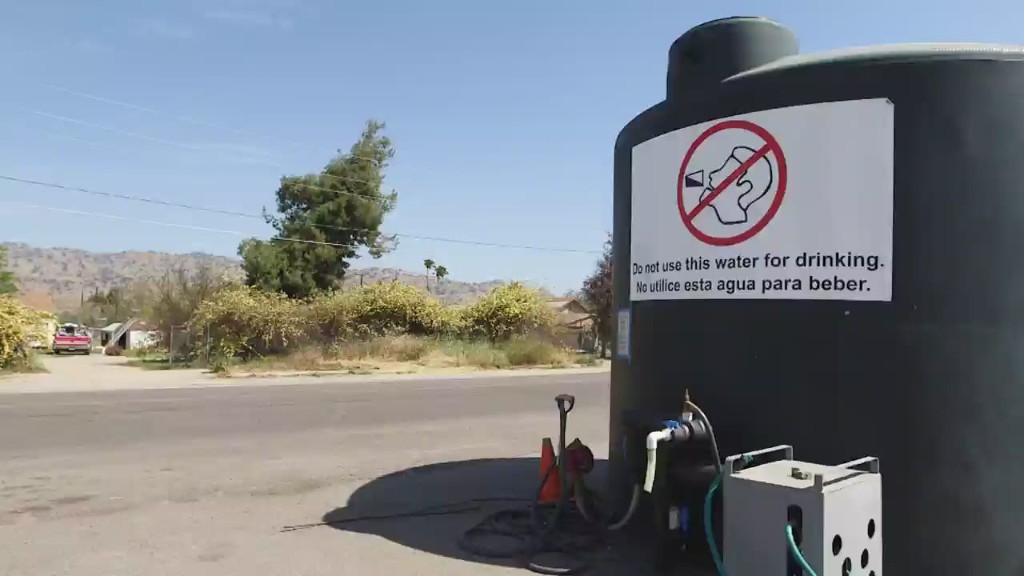
California's drought is changing the way the state's 914 golf courses do business.
The green-as-far-as-the-eye-can-see courses just won't be possible to sustain anymore. Trees are being replaced with cactuses and other drought-resistant plants. Some courses are getting rid of grass altogether.
California golf courses were making these changes long before governor Jerry Brown implemented the state's first mandatory water restrictions this week. California is in the fourth year of a prolonged and dangerous drought, and lush golf courses have been an easy target for conservationists.
The water restrictions "require campuses, golf courses, cemeteries and other large landscapes to make significant cuts in water use."
Though "significant" isn't clearly defined, the new restrictions mandate that the state's water providers reduce their consumption by 25% over the next nine months. But most California golf courses had already put themselves on a "water diet," using 20% less water than normal. That means the new restrictions likely won't be too difficult to implement.
"It adds just a little to the hardship, but there won't be much difference," said Craig Kessler, director of government affairs for the Southern California Golf Association.
Some local areas have implemented even tougher restrictions. The Contra Costa Country in the East San Francisco Bay area has recommended a 40% water reduction.
Related: These tiny homes are full of big ideas
To cope, golf courses across the state are using alternative water sources, switching from potable tap water to recycled, untreated wastewater. Many are no longer watering their rough areas.
One water board in Southern California even offers a turf reduction rebate program, in which golf courses are compensated $2 per square foot of grass that they remove from their courses. Many are replacing rough grass with natural, drought-tolerant plants -- others are going to Astroturf.
About a fifth of the state's golf courses are certified or working towards a certification with Audubon International, a nonprofit that helps golf courses meet certain water conservation criteria. The agency recommends golf courses water greens at night, put sprinkler systems in place that can water specific areas and install moisture meters, according to Tara Pepperman, Audubon International's program director.
Related: This bus runs on human poop
The average American golf course uses 312,000 gallons per day, according to agency -- about half an Olympic-sized swimming pool.
Though watering lawns for recreational purposes in the middle of a drought makes the golf industry an easy target, some in the golf industry believe the stigma isn't unwarranted.
"Golf courses utilize just 1% of the state's water, so I think we're being unfairly targeted," said Marc Connerly, executive director of the California Golf Course Owners Association. "In many ways, this seems like a symbolic gesture on the part of the governor -- even if every golf course turns off its water, that only saves 1% of what the state uses."
The grass reductions and landscaping adjustments haven't scared golfers away so far. Golfing is down nationally, and California has followed that trend. But the National Golf Foundation reports that California's golf courses are largely staying operational -- the number of courses dropped by just eight last year.
"We have not seen golf courses shutting down, I'm happy to say," Connerly said. "That's in part because golf courses have been able to conserve. As long as we don't have total water usage bans during certain times of day or days of the week, we'll manage."

